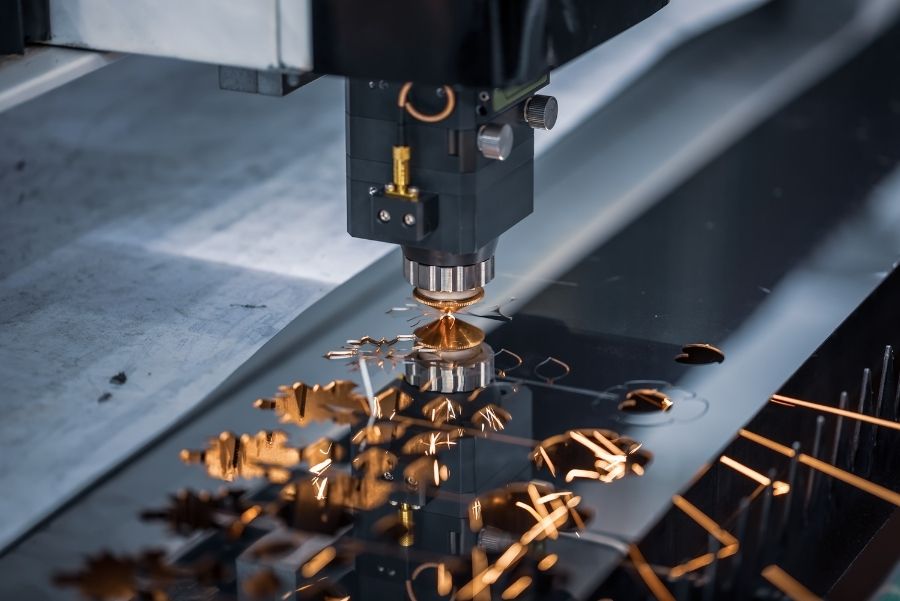The fabrication of steel is a challenging process. It involves the formation of raw steel into something of cultural usage by various methods. Fabrication is shaping the steel into something useful. It is rather like the difference between whole cloth and ready-made off the rack clothing. The primary raw input is melted till it is in molten form. Then it is added to steel. This steel is then moulded into the desired shape.

This job takes tact and courage. The skilled worker who fabricates steel has to convert raw materials into usable products diligently. These then sell for a specific price in the marketplace. There is a minimal margin for blunders in this, so the workers have to work in high-stress conditions. Among the end, results are automobile spare parts and other consumer durables such as home electronics.
Among the necessary steps of fabrication are:
- Machining: A particular machine cuts away or rather chops away at the useless parts of the raw material. Among the three types of devices involved in this operation are lathes, drills and mills.
- Cutting: Here, water under extreme pressure is used to cut through the materials.
- Welding: This process comes in handy to fold or join various parts together with each other.

Steel fabrication is not easy. On the contrary, it requires intricate wisdom and special skills. Also, the resources that are necessary for steel fabrication are multiple. First, the product merely exists as an idea in the client’s head which is shifted onto paper. After the blueprints are ready, the required materials, tools alongside the precise specifications are settled carefully. Thus the deadline is met by adhering to the overall plan.
Among some of the tools in the toolkit of the steel fabricator may be included:
- Cutting Saws
- Shears
- Laser Equipment
- Punching Machines
- Plasma Devices
The final assembly takes hard work and dedication, not to mention devotion to the craft. All this takes place in a lab or workshop. It takes some effort to convert steel pieces into useful objects in life.
A steel fabrication agency has to take care of the following:
- The hiring of Experienced Staff
- Competent designers
- Meeting of the Highest Quality Standards
- Provision of Customer Support
- Stability of the Work Environment
- Full Throttle Productivity
- Top-Notch Amenities
- Material Economics
- Keeping up with the Competition
While ancient civilizations used to do something similar on their industrial level and scale, today, it is a far more complicated and organized process.


